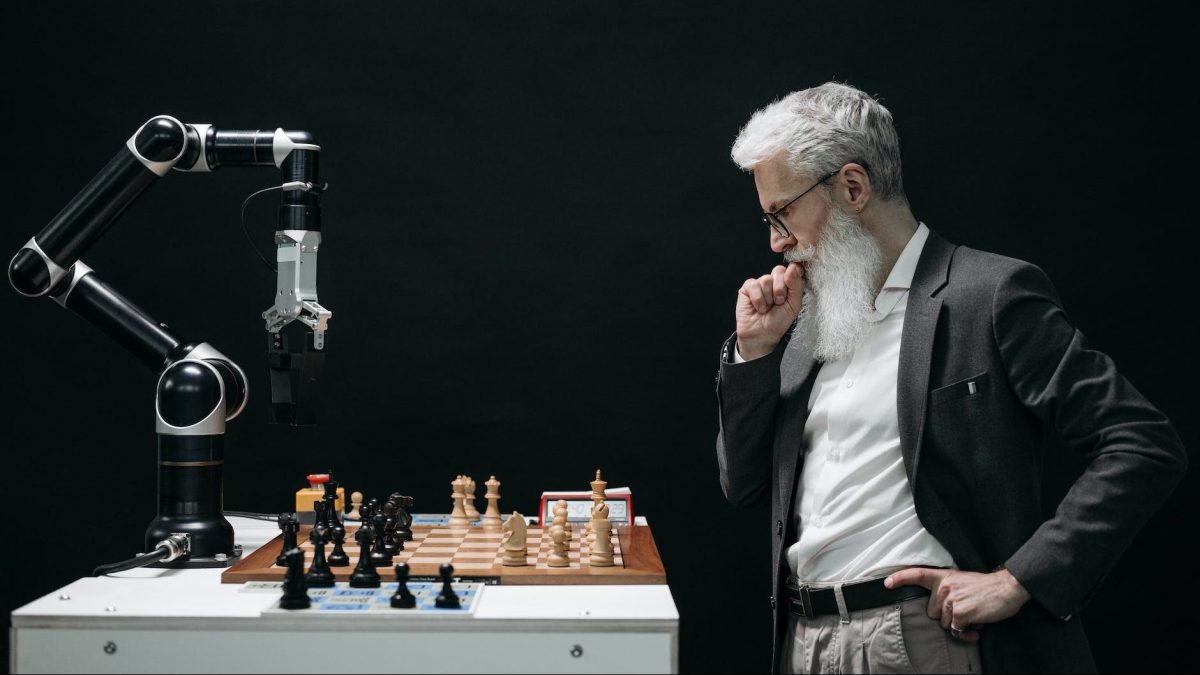Inspiration that only a few could achieve and always under divine influence, endowing creative personalities with an almost sacred halo.
Creative thinking is innate to human beings
It was much later, when human beings realised that the muses were not always within our reach, but that we were capable of solving different everyday problems in imaginative and disruptive ways. The concept of creativity as a uniquely human capacity had just been established. And since we are curious beings, we began to study creative thinking in depth: Why do we structure new ideas in this way? Are we genetically creative or do we adapt to the environment? Does it depend on our senses? Does it feed on our experiences? Can we exist without this capacity?
Trying to delve deeper into these questions, different perspectives on the study of creativity have emerged over the centuries, from psychological and psychosocial, through the analysis of cultural and genetic inheritance, to neurology. And despite their sometimes conflicting views, all these approaches agree on two things: creativity is inherent to human beings, and it can be trained by making us more competitive and innovative.
“Creativity is intelligence having fun” – Albert Einstein, one of history’s great creatives.
The search for answers fuels our creativity, creating different connections in our minds through imagination. We emphasise solutions that have not been tried before, highlighting their originality, fluidity, flexibility, relevance and, ultimately, effectiveness. We are human because we create, and we are creative because we are human.
And then came Artificial Intelligence (AI).
Can Artificial Intelligence replace human creativity?
The arrival of AI in our daily lives over the past year has sparked debates about its ability to replace human actions and even human skills. We cannot deny the reality in which we live. The black box that AI represents for many of us makes us look at it with suspicion, wary of its intrusion into our daily lives, from the purely work environment to society or our own privacy. But why are we afraid of AI when it comes to creativity?
AI is the perfect example of human creativity, deciphering new paths never travelled before. And that is what shocks and terrifies us about this technology. We are talking about a set of algorithms that interact with each other to learn and develop new answers. What we must not lose sight of is that this tangle of algorithms has been created by human beings. Like Geppetto to Pinocchio, we have shaped the doll, but the doll can never be a real child without the intervention of the Blue Fairy.
Thus, in recent months, as AI tools such as Chat GPT have been developed and made available to the general public, specific needs for interaction with them have arisen. The descriptive prompts to request answers, the famous prompts, must be increasingly specific, with exhaustive detail to lead to the answer we are looking for. This is why they are already being included in AI training courses as part of the syllabus. The way you ask questions determines the answer, which is purely human.
In the same way, Generative Artificial Intelligence (gAI) needs prior models to be able to extrapolate an answer. It must start from machine learning by processing the huge amount of visual or textual data created beforehand. It therefore needs human interaction not only to provide it with this already formulated database, but also to limit the ethical, security and quality risks that may arise.
Creativity in modern times
“Creativity is allowing oneself to make mistakes. Art is knowing which ones to keep” – Scott Adams, creator of the Dilbert comic strip.
Let’s not limit ourselves to thinking about purely artistic creativity, but rather the definition that describes it as the ability to create new ideas or concepts to solve problems and generate value. From philosophy, art, communication, the invention of the wheel, mathematics, aeronautics, radio, the telephone… examples of creativity prior to the invention of AI itself. In truth, AI is not capable of being creative on its own because it lacks the imagination that amplifies the paths to follow; however, it is a great tool for creative thinking by proposing links that our brains do not always see.
In cases such as user experience or product pilot testing, AI is positioned as a fundamental tool for foreseeing behaviour that would be difficult to observe in other circumstances. But it does not replace the creation of that experience or product, but rather complements its quality and at the same time contributes to saving up to 60% of the creators’ time.
In fact, in fields such as communication or marketing, the use of AI means a reduction of more than 3 hours for each piece of communication generated. It is true that 96% of the time, the content obtained through AI needs to be modified. It is then used as a source of inspiration or as a source of final correction, saving valuable time and increasing its quality.
There is no robot for creativity. There never has been. The muses have simply been transformed. Now the ones that visit us are not the daughters of a god, they are more cybernetic, but they do have a divine halo of our own making and we must allow them to inspire us to continue to be creative.
